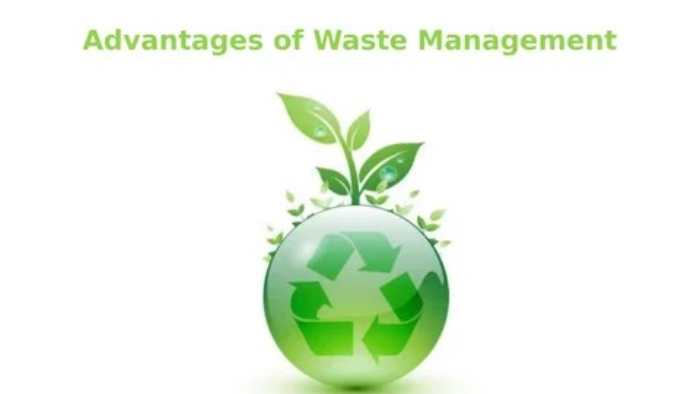Environmental Reporting
Environmental Reporting
Have
a question?
Sonair Environmental welcomes the opportunity to answer any questions or concerns that may arise. We would love to hear from you today!
Sectors
Environmental Reporting
Your facility may be required to complete numerous environmental reporting programs depending on the nature of your operations and the jurisdiction that you are in. Programs are typically completed on an annual basis and are governed by either the municipal, provincial, or federal government, each with its own reporting deadline and prescribed guidelines. Some of the major programs include, but are not limited to:
- National Pollutant Release Inventory (NPRI)
- Toxics Reduction Program
- Greenhouse Gas Reporting Program (GHGRP) – Federal
- Greenhouse Gas Emissions Reporting – Provincial
- ChemTRAC
Unsure which program applies to you? SONAIR Environmental’s experienced environmental consultants in Ontario have prepared and submitted countless environmental reports. Our professionals will determine the programs applicable to your facility, complete the necessary assessments, and submit the emissions inventory for your facility. Contact one of our professionals today for a free consultation. Furthermore, our expertise extends to creating Acoustic Assessment Reports, critical for assessing environmental noise concerns in various projects.
In addition to federal programs, facilities in Ontario may also need to consider compliance with ECA & EASR in Ontario regulations.
Moreover, facilities should also be cognizant of their responsibilities under the waste disposal site ECA requirements, which include specific guidelines for the disposal and management of waste materials following environmental standards.
National Pollutant Release Inventory
Facility owners and operators are legally required to quantify and report releases to the air, land, water, including off-site disposals and recycling on an annual basis if the reporting thresholds have been met. The National Pollutant Release Inventory (NPRI) is a federal program with publicly accessible data that covers over 300 different substances, each with its own reporting thresholds. There are a total of 5 parts to the NPRI, which is a crucial component of environmental reporting.
- Part 1A: Core Substances
- Part 1B: Alternate Threshold Substances
- Part 2: Polycyclic Aromatic Hydrocarbons (PAHs)
- Part 3: Congeners of Dioxins and Furans, and Hexachlorobenzene
- Part 4: Criteria Air Contaminants
- Part 5: Speciated Volatile Organic Compounds (VOCs)
As part of the National Pollutant Release Inventory, companies are required to track material usages throughout a calendar year and determine if any of the substances meet the Manufactured, Produced, or Otherwise Used (MPO) thresholds. Any reportable substances must be tabulated and submitted through Environment and Climate Change Canada’s (ECCC) Single Window Information Manager (SWIM) system. The deadline for facilities to report to the NPRI program is June 1st of each year.
The National Pollutant Release Inventory require thorough understanding of the guidelines and emission estimation methodologies to quantify substances being released into the environment. A facility with existing Environmental Compliance Approval (ECA) or Environmental Activity and Sector Registry (EASR) can use emission estimation methodologies prepared in the Emission Summary and Dispersion Modelling (ESDM) report for the NPRI.
Toxics Reduction Program
The Toxics Reduction Program, under the Toxics Reduction Act (TRA), is regulated by the government of Ontario which encourages facilities to reduce the use of toxic substances. Toxics reduction plans are typically prepared for substances of concern based on new reportable substances through the National Pollutant Release Inventory program. Plans outline and describe how a facility intends to reduce its use and creation of these reportable substances. Facilities must also prepare for an odour control report in Ontario to address and mitigate odour issues stemming from the use of toxic substances.
As part of a recent amendment under the TRA, toxic reduction plans prepared on or prior to 2018 are no longer required to be reviewed, but the amounts of substances that meet reporting thresholds must continue to be annually reported until the end of 2021 when the provincial regulation defers to the federal Chemical Management Program (CMP). Environmental reporting is an essential aspect of this process to ensure compliance and transparency.
Greenhouse Gas (GHG) Reporting
Environment and Climate Change Canada’s (ECCC) Greenhouse Gas Reporting Program (GHGRP) and Ontario’s Greenhouse Gas Emissions Reporting are in many ways similar, especially when Ontario strives to harmonize the reporting requirements to reduce cost and regulatory burden on the regulated community. Facilities who emit greater than 10,000 tonnes of carbon dioxide equivalent are required to report its GHG through the Single Window Information Manager (SWIM) portal by June 1st of each year.
Both programs also require facilities engaged in certain activities to provide additional information and adhere to strict methodologies to determine its GHG emissions.
ChemTRAC
The ChemTRAC program is designed to collect emissions inventory data from local businesses in the industrial and commercial sectors. If your facility is located in the City of Toronto and meet the reporting requirements, the Toronto Public Health require an emissions inventory report to be prepared for the previous calendar year and submitted via the ChemTRAC portal by June 30th of each year. Unlike the National Pollutant Release Inventory (NPRI) which keeps track over 300 different substances, ChemTRAC only monitors releases for 25 priority substances with lower reporting thresholds.
Areas We Serve
- TORONTO
- ETOBICOKE
- NORTH YORK
- SCARBOROUGH
- MISSISSAUGA
- CAMBRIDGE
- KITCHENER/ WATERLOO
- GUELPHa
- WOODSTOCK
- STRATFORD
- ST. CATHARINES
- NIAGARA FALLS
- MARKHAM
- VAUGHAN
- BRAMPTON
- NEWMARKET
- BRADFORD
- BARRIE
- NEW TECUMSETH
- SUDBURY
- PICKERING
- AJAX
- OSHAWA
- BELLEVILLE
- PETERBOROUGH




